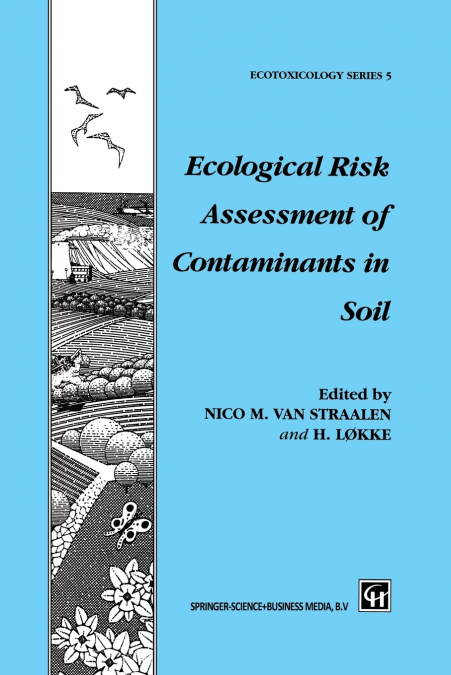
Many industrialized and developing countries are faced with the assessment of potential risks associated with contaminated land. A variety of human activities have left their impacts on soils in the form of elevated and locally high concentrations of potential toxicants. In several cases sources have not yet been stopped and contamination continues. Decisions on the management of contaminated sites and on the regulation of chemicals in the terrestrial environment require information on the extent to which toxicants adversely affect the life support function of soils. Ecological insights into the soil as an ecosystem may support such decisions. This book reviews the latest ecological principles that should be considered in this respect.